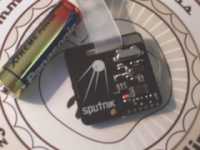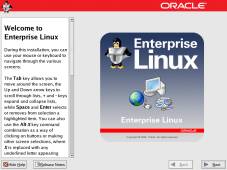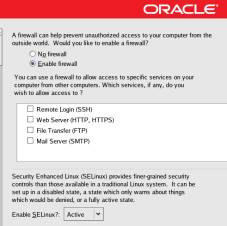Sometimes the Linux Kernel can be a little bit painful in my opinion. Just tried to compile the VMware Server Kernel Modules under 2.6.19 and got:
make[1]: Entering directory `/usr/src/kernels/2.6.19-1.2911.6.5.fc6-i686' CC [M] /tmp/vmware-config0/vmnet-only/driver.o CC [M] /tmp/vmware-config0/vmnet-only/hub.o CC [M] /tmp/vmware-config0/vmnet-only/userif.o /tmp/vmware-config0/vmnet-only/userif.c: In function ‘VNetCopyDatagramToUser’: /tmp/vmware-config0/vmnet-only/userif.c:629: error: ‘CHECKSUM_HW’ undeclared (first use in this function) /tmp/vmware-config0/vmnet-only/userif.c:629: error: (Each undeclared identifier is reported only once /tmp/vmware-config0/vmnet-only/userif.c:629: error: for each function it appears in.) make[2]: *** [/tmp/vmware-config0/vmnet-only/userif.o] Error 1 make[1]: *** [_module_/tmp/vmware-config0/vmnet-only] Error 2
If you search for the error message in google you can already find some patches for the VMware Kernel Modules. But I preferred to get it working manually...
I added CHECKSUM_HW to /lib/modules/2.6.19-1.2911.6.5.fc6/build/include/linux/skbuff.h:
#define CHECKSUM_NONE 0 #define CHECKSUM_PARTIAL 1 #define CHECKSUM_HW 1 #define CHECKSUM_UNNECESSARY 2 #define CHECKSUM_COMPLETE 3
Since config.h is missing as well, I gave config.h an touch as well:
touch /lib/modules/2.6.19-1.2911.6.5.fc6/build/include/linux/config.h
Now the Kernel Modules compile and VMware Server is up and running :-D


